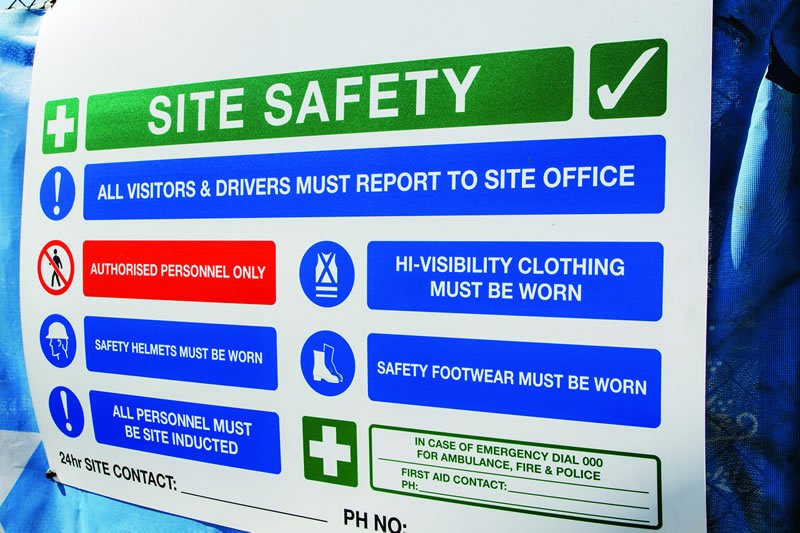Turns out there are more than two C’s in compliance. By Peter Maguire.
One of the most common client requests that we get as a HR consulting firm is for a document – a policy or contract for example – in the client’s belief that that will mean that they can demonstrate compliance with some aspect of employment law.
Having written employment contracts and policies and procedures for managing people is really important for lots of reasons and we certainly encourage our clients to put them in place and regularly review them.
However, we also tell them that this is just one step (and a very important one) in achieving compliance.
Compliance has 4 C’s
What we know from case law is that there is a lot more involved in compliance than just issuing a document.
We also know that having a policy that is not itself applied in practice can seriously compromise an employer in an internal dispute or disagreement and, even worse, in legal proceedings and claims made to external tribunals.
Among the first questions that we ask when we get an enquiry for assistance with a bullying complaint or a disciplinary process or other like matters are:
- Do you have a policy or procedure in place for that?
- If so, did you follow it?
It is remarkable how many times we get a “no” or “I don’t know” to one of those questions.
So what do you need to do to be compliant?
We believe that there are four steps, which we call the 4C’s.
C1: Commitment
The very first step in compliance is when management makes a public commitment to a particular position on an issue. This might be an articulation of a commitment on a compliance matter such as a workplace health and safety policy statement or a commitment to a performance management process.
It could also be in the form of an employment contract which sets out the various entitlements, rights and commitments of an employer and employee in the employment relationship.
It is important to remember that this document just sets out a commitment – what we intend to happen.
For that reason, care needs to be taken in developing the policy or contract to ensure that it is a fit with the language and culture and structure of the organisation. It needs to be contextualised to the manner that you intend it to apply, i.e. it has to be fit for purpose in your business.
Too often, we see businesses put in place policies that have been borrowed from elsewhere and set in place “because we have to have one” and often with no real likelihood of them being followed.
That is a recipe for disaster.
C2: Capability
The next step in compliance is to provide the systemic and resource capability to give life to the commitment in practice.
This means that you need systems and procedures that translate the commitments made into practical actions and processes that make it happen. For example, under your Workplace Health and Safety Policy, there should be an Issue Resolution procedure that sets out the steps involved in dealing with any WHS issues that arise in the workplace.
You need to allocate responsibilities to people and give them the time and opportunity to be able to properly exercise those commitments.
One of the most common failings here is not really committing to a process, e.g. ‘we have a Safety Committee which is supposed to meet every month but we are too busy so we’ll defer meetings until things settle down.’
That tells people inside and outside your business that safety is not a priority.
So when you design a process to implement a policy, make sure that you can do it on a continuing basis and stick to it.
C3: Competency
Where is that first mistake in a performance management or disciplinary process most commonly made?
The immediate supervisor is the one who most commonly has to deal with such an issue first, and it should be no surprise that that is where those mistakes most commonly occur.
What is the most common cause of first line supervisors making those mistakes?
They haven’t been properly trained and supported in managing the people whom they are responsible for and in dealing with performance and disciplinary matters.
However, it isn’t just about first line supervisors. Everyone in the business should be educated about policies and what their rights and responsibilities are under them.
Additionally, everyone who has a role to play in the particular area of commitment needs to be competent in performance of that role.
How well equipped are your people to exercise their responsibilities under your policies and procedures?
C4: Culture
So you have made the commitment, you have invested in the capability and you have ensured that all of your people have the competency to be able to play their parts effectively.
There are lots of organisations who do all of that but could still be challenged and at risk in an action against them on a compliance matter.
Why?
Because they have not embedded the practice in the culture of the organisation.
As one very wise mentor of mine once said, there are three tests that you need to satisfy in assuring that this policy is real:
- The system exists
- The system is applied in practice
- And the tough one – people believe in the system
Do your people believe that your commitments in policies, procedures, etc. are real?
Peter Maguire is the owner and practice leader of Ridgeline HR, an award winning HRM consulting practice which he founded in 2000. Peter is an acknowledged expert in workplace relations compliance and also a high-performance leadership coach with over 40 years experience in HRM. Ridgeline HR’s byline is Helping PEOPLE in BUSINESS and that is essentially what Peter does – help business people with their people business.












